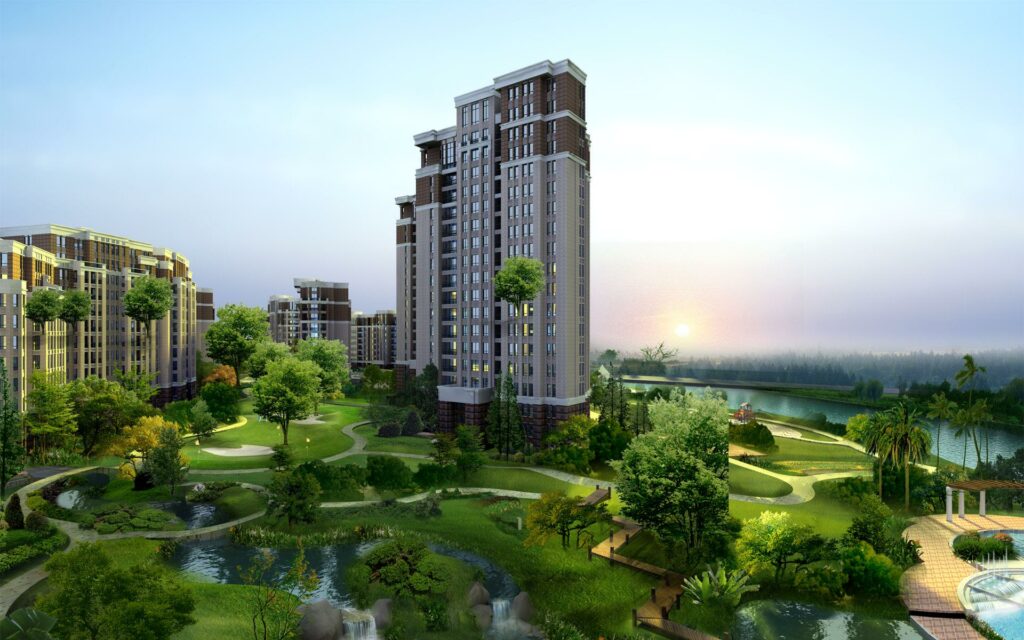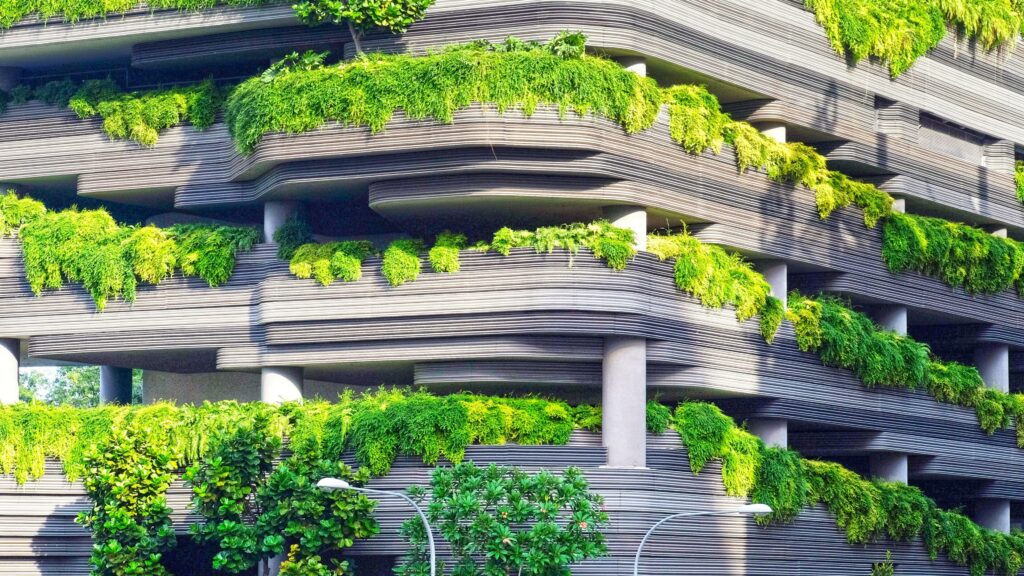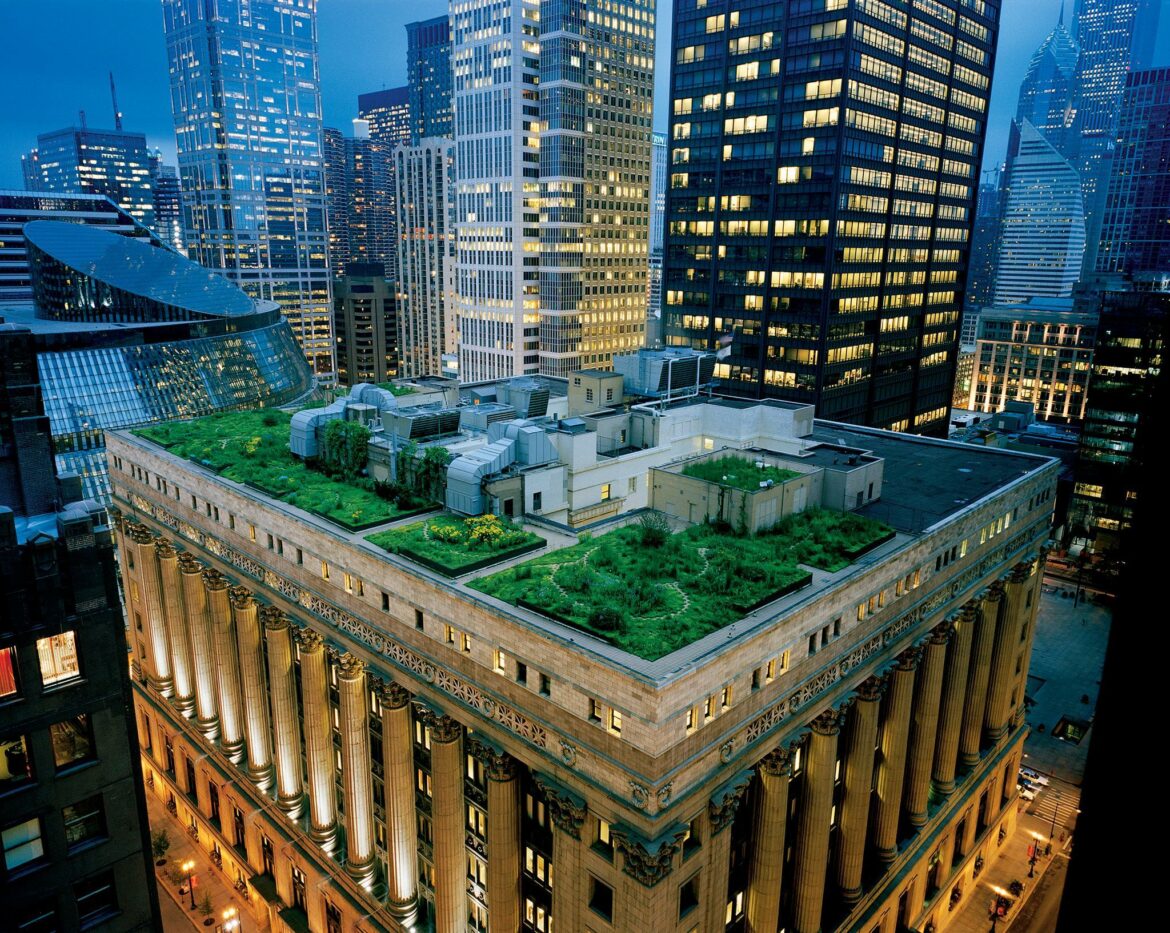Green Building is all about the complete building life cycle; it is also regarded as a sustainable building or environmental building. The term “Green Building” is often used in combination with “high-performance building”, “sustainable design” and “preserving precious resources”
Importance of Green Building
The related concepts of sustainable development and sustainability are integral to green building. Effective green building can lead to
1. Reduced operating costs by increasing productivity and using less energy and water
2. Improved public and occupant health due to improved indoor air quality
3. Reduced environmental impacts by, for example, reducing stormwater runoff and the heating effect.
Practitioners of green building often seek to achieve not only ecological but aesthetic harmony between a structure and it’s surrounding natural and built environment. The appearance and style of sustainable homes and buildings can be nearly indistinguishable from their less sustainable counterparts.
An increasing number of authorities, organizations and institutions are working on raising consciousness about “Green Building”. It is increasingly governed and driven by standards, such as the Leadership in Energy and Environmental Design (LEED) rating system in the U.S. as well as The Energy and Resource Institute (TERI).
According to the CII, India – “Green” is regarded as ‘The voluntary pursuit of any activity which is concerned with energy efficiency, environmental management, water management, renewable energy, and waste management and recycling.’ Green practices ultimately lead to sustainable development and equitable growth.

Benefits of Green Building
- Reduction of natural resource consumption
- Reduction of operating costs
- Health, comfort and safety for all residents
- Energy optimization and reduction of energy consumption
- Increased productivity of the occupants
- Better indoor air quality (IAQ has a tremendous impact on human health)
- Green Building encourages companies to benefit from the Green corporate image and to leave a very positive impression on customers, employees, business partners and shareholders.
While a good design is essential to a green building, the actual operation, maintenance, and ultimate disposal or deconstruction of the building also have very significant effects on buildings’ overall environmental impact.
“Green Building” is not only related to the selected construction material but also to the long-term impact on the environment and on people’s health.
The characteristics of the material itself constitute points that have to be reconsidered by building professionals when planning sustainable design projects:
- The used materials should be natural and environmental-friendly.
- The impact on the environment with regards to manufacturing, distribution, construction, renovation and demolition is relatively small.
- Minimum quantity of chemicals necessary to prepare the material for construction is used.
- The material can be recycled.
What are the features of green buildings?
Green buildings optimise sustainability, not only in their construction but also in their functioning and maintenance. Green constructions integrate knowledge and expertise in making walls, roofs, waste management, rainwater harvesting and thermal comfort, aimed at saving energy and reducing environmental risk.
Green buildings are energy and water-efficient
Energy efficiency is one of the most prominent features of a sustainable building. A green building should be self-sufficient, in terms of power and water, through renewable energy sources and rainwater harvesting. Apart from solar panels and energy-efficient lights, the building’s design should make optimum use of daylight and have efficient ventilation and enough thermal mass, to regulate internal temperatures. All this reduces the need for artificial lighting and air-conditioning, thereby, reducing the building’s energy consumption.

Connects with nature
Most green buildings have space for greenery, which helps people to connect with nature. Moreover, trees can improve the air quality by removing atmospheric carbon dioxide, absorbing pollution and producing oxygen. Trees in the surroundings can also lower the temperature. Green buildings can integrate spaces for farming and growing food within the building complex, through kitchen gardens, rooftop gardens, or backyard gardens
Green building and sustainability
Green buildings make use of local and renewable materials, such as clay, sand, stone, bamboo, etc., to minimise the carbon footprint. Waste materials generated during development are recycled into new materials or composted for reuse. Efficient solid waste management during and after construction is a must. Even after occupation, green buildings offer efficient waste management systems, such as segregation of wet and dry waste, to further reduce the negative impact on the environment.
Advantages of eco friendly house
Environment protection
Green buildings are beneficial to the environment, to their occupants and the society at large. Real estate development is one of the biggest consumers of natural resources (water, energy and raw materials) and generates huge amounts of waste and pollutants. Studies show that real estate consumes 40% of global energy, annually. Green buildings eliminate the brunt of the environment by consuming fewer natural resources. Due to its sustainable design, construction and operations, eco-friendly homes reduce carbon emissions, energy consumption and waste generation, while conserving water and lowering exposure to toxins.
Low maintenance and operation cost
The designs for green homes are created with energy and water conservation in mind. This helps the owners to save on their water and energy bills. Eco-friendly homes are much cheaper to manage in the long run and over the building’s entire life cycle since they significantly lower water requirements and energy consumption from lighting and air-conditioning.
Better health
People who live in green buildings enjoy many health benefits, as Materials that are Harmful is not used in their construction. For example, eco-friendly construction companies avoid products that release toxic materials. So, the indoor air quality is often much better, as compared to conventional buildings.
According to the World Health Organisation (WHO), respiratory and lung diseases linked with poor indoor environment quality are three of the top five causes of death. The features of green buildings have a positive impact on health and well-being. A healthy house in a green building offers a natural defence against respiratory illnesses. Research also shows that people who work in green buildings are happier, healthier and more productive, compared to people who work in conventional buildings. Incorporating the natural environment into buildings has a positive influence on occupants’ psychological, physical and social wellbeing.
Green building concepts in India
The market for green buildings in India is currently at a nascent stage of development, with only 5% of buildings being classified as green. The Indian green buildings market is expected to double, to reach around 10 billion sq ft by 2022, valued between USD 35 billion and USD 50 billion.
According to the Indian Green Building Council (IGBC), India has achieved 7.17 billion sq ft of ‘Green Building Footprint’. It says that there are almost 6,000 green projects and over 5.77 lakh acres of large development projects in the country, helping to achieve the 75% of the green building footprint target, two years before the actual target date.
According to the LEED (Leadership in Energy and Environmental Design)-GBC India survey, Maharashtra ranks first in green buildings in India, followed by Karnataka, Haryana, Tamil Nadu and Uttar Pradesh.
Increased awareness about green buildings and their long-term benefits, will surely boost green building construction. The COVID-19 pandemic has made people aware of health, well-being and comfort and homeowners are increasingly preferring to live in buildings that have better ventilation systems, ample daylight and freshwater.

